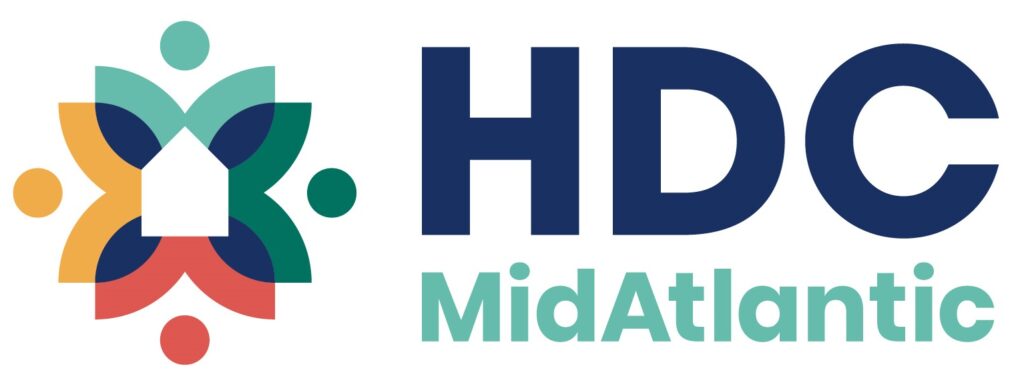As inflation accelerated and federal aid wound down after the pandemic, more Pennsylvania households found themselves without the financial resources to make ends meet, according to a United Way statistical analysis released Tuesday.
Indeed, the number is the highest since United Way’s “United for ALICE” project began tracking financial wellbeing in 2010, the report says.
“ALICE in the Crosscurrents” (PDF) examines financial and demographic data from 2022, the most recent year of full data available from the U.S. Census. Kristin Rotz and Philip Falvo, executive director and public policy director at United Way of Pennsylvania, briefed news media and local United Way chapters on its findings via Zoom Tuesday morning.
“ALICE” stands for “Asset-Limited, Income Constrained, Employed,” and denotes households that earn more than the federal poverty level but not enough to assure financial stability. ALICE adults in the labor force are the “essential workers” who kept things going through the pandemic and beyond, Rotz said: Health care staff, production line workers, truck drivers, food service personnel.
The ALICE reports use a basket of basic necessities to calculate a “survival budget” and determine how many households fall below it.
In 2022, roughly 12.5% of Pennsylvania households fell below the federal poverty level in 2022. Another 28.3% fell between that amount and the ALICE threshold. The two numbers round to a total of 41% below the ALICE threshold, up from 39% in 2021 and the largest percentage to date.
In Lancaster County, 36% of households were below the ALICE threshold in 2022, up from 35% in 2021.
Although wages rose in 2022, as employers competed to rehire after the pandemic, inflation eroded that positive impact, Rotz said. Federal data shows that nominal wages rose an average of 6.4% in 2022, but inflation rose nearly 9%.
Non-White households are more likely to be in financial straits than White ones. In Lancaster County, 55% of Black and 52% of Latino households fall below the ALICE threshold, versus 34% of White ones. (The equivalent state-level numbers are 59% for Black, 56% for Latino and 37% for White households.)
For more information
United for ALICE‘s Pennsylvania page is here; the “Alice in the Crosscurrents” update is here (PDF). For Lancaster County data, visit the “county reports” page and select Lancaster from the drop-down menu; or for a PDF version, click here.
The ALICE “survival budget” varies by household composition and reflects what United for ALICE says are the minimum cost of necessities. For a single working-age adult, it’s $28,116 a year; for two adults with an infant and a preschooler, it’s $88,896 (not counting child tax credits).
That latter budget works out to $7,408 a month. Of that, $1,557 is allocated to childcare, or 21%. That’s the single largest outlay, ahead of food ($1,282), transportation ($1,022) or rent and utilities ($960).
Finding adequate childcare is difficult for many ALICE families, United for ALICE says, requiring many to take unpaid leave, cut their work hours or supervise their children while they work.
A new element in the survival budget this year is home broadband, which is now included along with a smart phone plan in the “technology” line item, which is $86 for individuals and $116 for a family.
Overall, since the Great Recession of 2007, the number of ALICE households has been rising, United Way and United for ALICE said.
“The data is showing persistent and widespread financial hardship — a red flag that the current system isn’t working for ALICE,” said Stephanie Hoopes, United For ALICE National Director. “Current policy has not been enough to break down the barriers that trap ALICE households in financial hardship.”
At the state level, United Way of PA advocates for policy that would help ALICE households, Rotz said. That includes a working families’ tax credit; state support for the 211 social services hotline, increased state funding for childcare and the equitable expansion of broadband access.







